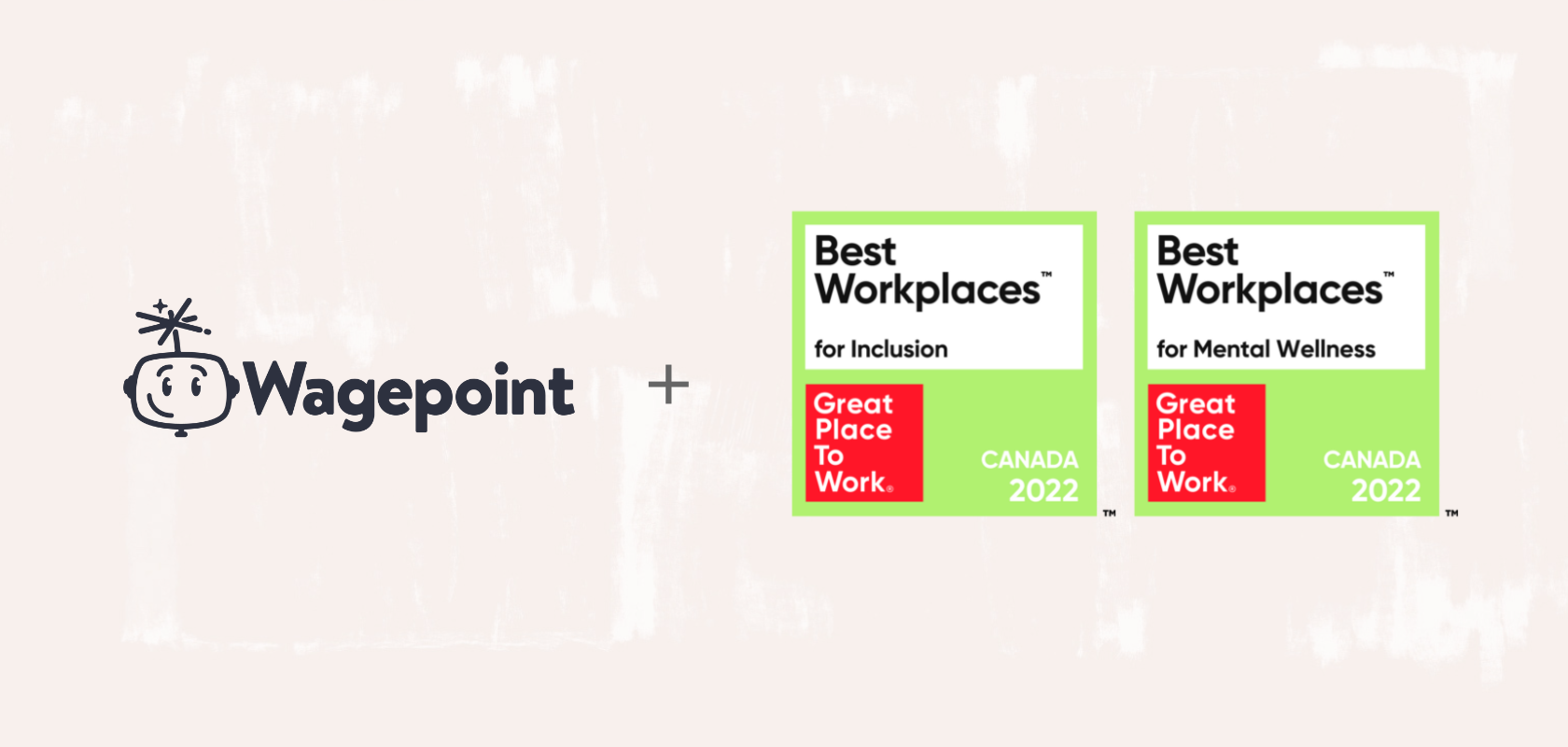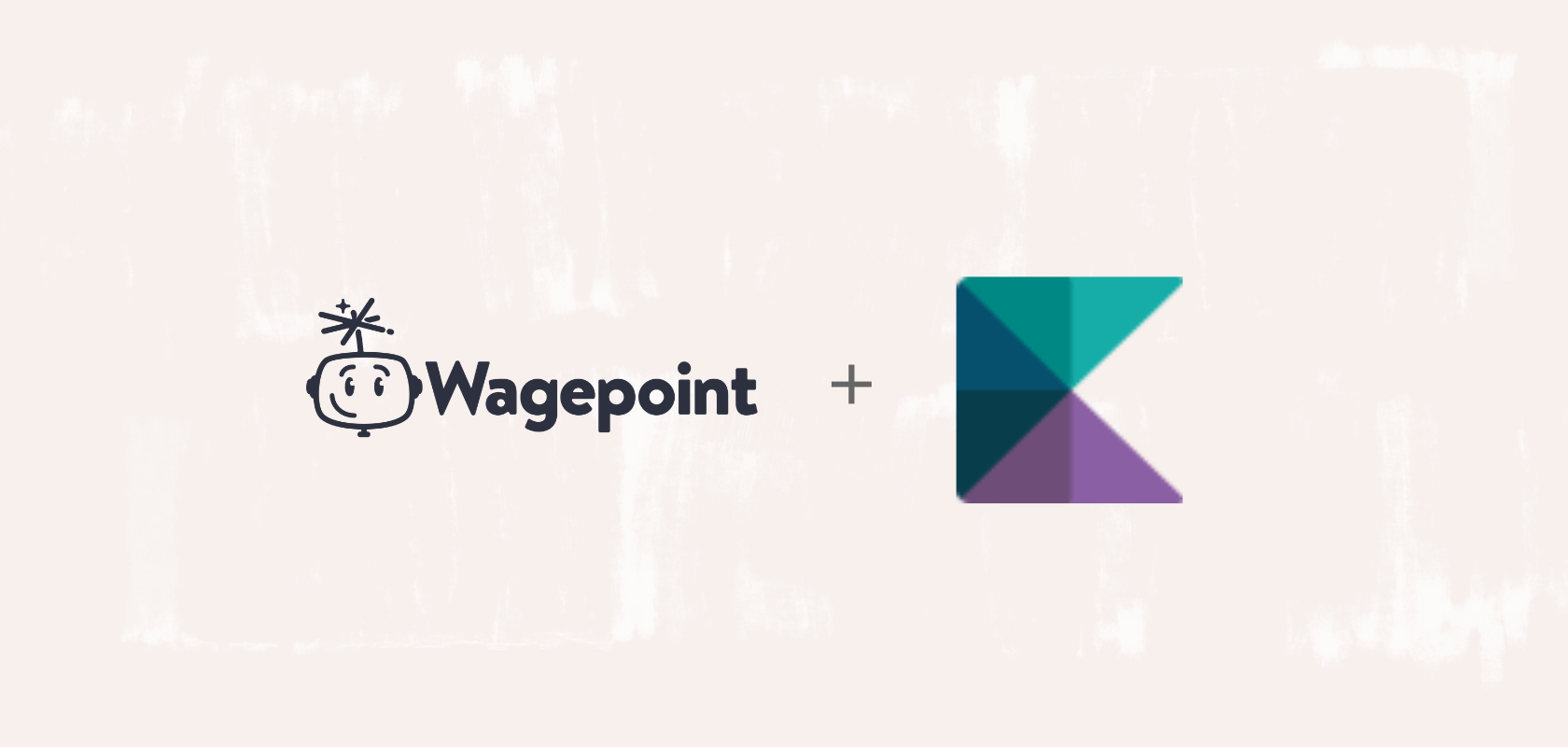Become an insider!
Get our latest payroll and small business articles sent straight to your inbox.
There’s new hire onboarding, and then there’s new hire onboarding for restaurants.
Restaurant employees are a breed of their own, and they turn over at a higher rate than employees in other industries. According to the National Restaurant Association (NRA):
- The hospitality turnover rate in 2016 was more than 70% for the second year in a row.
- The hospitality industry turnover rate has been increasing for six years in a row.
Considering the average cost of employee turnover can be as much as $5,864 per employee, restaurateurs should be concerned with high employee turnover.
While new hire onboarding for restaurant employees is just one component of retaining hospitality employees, a gold standard process for welcoming new hires is a great way to reduce turnover costs.
In this article, we’ll tell you:
- How restaurant employee onboarding differs by venue type – including some outside-the-box ideas.
- How to create a rock solid employee handbook.
- How to train employees on your restaurant point of sale (POS) system.
If you own or manage a restaurant and want to set up your new hires for success, you’ve come to the right place.
Here’s how to step up your new hire onboarding process:
What is Employee Onboarding for Restaurants?
Sometimes defined as “organizational socialization” — onboarding is the process of introducing new employees to your restaurant — your culture, expectations, and the tools and information necessary for the team to excel at their job.
Some restaurants may have a more informal onboarding process, which may work well for small venues. But no matter the size, you should have some sort of defined process for introducing new hires to your business.
Here we’ll go through the four Cs of onboarding, and touch on how they may differ by type of restaurant venue.
1. COMPLIANCE
What is it?
Learning about the rules, regulations, and legalities governing your restaurant and/or the service industry.
What is it for…
Full service restaurants
Health and safety regulations, payroll process and overtime regulations, t scheduling policies, code of conduct policies, dress codes, violations and infringements to employment, harassment policy, and performance evaluation process and procedures.
Fast casual restaurants
Health and safety regulations, payroll process and overtime regulations, team scheduling policies, code of conduct policies, dress codes, violations and infringements to employment, harassment policy, and performance evaluation process and procedures.
Bars and nightclubs
Health and safety regulations, payroll process and overtime regulations, team scheduling policies, code of conduct policies, dress codes, violations and infringements to employment, harassment policy, and performance evaluation process and procedures.
Food trucks
Health and safety regulations, payroll process and overtime regulations, team scheduling policies, code of conduct policies, dress codes, violations and infringements to employment, harassment policy, and performance evaluation process and procedures.
…so, no matter what kind of venue you own, compliance onboarding processes are standard across the board.
2. CLARIFICATION
What is it?
A breakdown of job-related responsibilities, accountabilities, and expectations, and how their role fits into a larger company structure and organizational hierarchy.
What is it for…
Full service restaurants
Your guest experience standards for front-of-house and back-of-house employees.
Fast casual restaurants
A breakdown of your process for speedy service, and what that looks like for each role.
Bars and nightclubs
Your pouring technique and alcohol inventory processes – essential for preventing overpouring and theft.
Food trucks
A description of your assembly line and how to remain as efficient as possible in a small space.
3. CULTURE
What is it?
The ins and outs of your restaurant: values, ethics, best practices – and unspoken rules.
What is it for…
Full service restaurants
Your back-of-house/front-of-house communication guide: how to communicate efficiently during service.
Fast casual restaurants
Your restaurant’s origin story and how your restaurant competes with other players in the market.
Bars and nightclubs
Tips on how to make conversation with customers for better tips.
Food trucks
A short history of food truck expansion in your city, and how your food truck contributes to the community.
4. CONNECTION
What is it?
Opportunities to forge and nurture interpersonal relationships and information networks, on the job and outside of working hours.
What is it for…
Full service restaurants
A family meal calendar.
Fast casual restaurants
A list of team building events that are designed to test speed of service – and reward your star employees.
Bars and nightclubs
An industry night activity calendar.
Food trucks
Food truck industry events in your city, such as festivals and food markets.
Creating an Employee Handbook for Your Restaurant
An employee handbook is your restaurant’s bible. It sets out your restaurant’s mission, management’s expectations, employee conduct, HR policies and procedures, and benefits.
Here’s what to include in your employee handbook to make sure you have your bases covered:
A welcome letter: Describe your mission statement, vision statement, core values, and restaurant history. Use your original business plan to help you draft this document.
Employment description: List the types of employment and attendance specs for each role.
Workplace professionalism and code of conduct: Every restaurant should clearly state their expectations within the scope of a larger code of conduct policy. Here is where you clearly state your dress code, conflict resolution processes (between employees and guests), disciplinary actions, equal-employment and non-discrimination policy, harassment policy, and social media policy.
Payroll, work hours, and scheduling: Your new hires will likely be the most interested in your payroll, work hours, benefits, and scheduling policies, as these most directly affect lifestyle. Here is where you describe your payroll processes, overtime and holiday policies, and your policies for switching shifts between employees.
Role-specific policies: Your back-of-house team will need to know about safe food handling procedures, while your front-of-house team will need to know about your restaurant opening procedures. Make sure to list any policies here that differ according to the role – especially how each role benefits from tips or tip-outs.
General HR policies: In addition to workplace conduct, your restaurant will likely have general HR policies regarding tardiness, sick leave, accidents and emergencies, termination, and performance evaluation. Include a thorough description of each in your employee handbook.
Restaurant Point of Sale Training: 5 Tips and Tricks
No restaurant team onboarding process would be complete without training on your point of sale.
Your team are on the front lines of your business – so arm them with a POS that increases their efficiency and enhances the guest experience. Here are five steps to train your team on your POS.
1. Describe how employees benefit from optimal POS use.
Your team probably won’t care about back-end reporting as much as you do – but they sure do care about how your POS can increase their tips. Take the time to educate your team on how to use your POS to turn tables faster or upsell customers, before you even begin training them.
2. Schedule multiple training sessions.
Sophisticated POS systems come with many features – don’t make the mistake of trying to train your new team members on all of them, all at once.
Introduce your wide range of POS features in small, thoughtful steps. Your team will then be able to focus on areas of the system you really want them to master. Once new hires feel comfortable with what’s most relevant for them, introduce them to more bells and whistles that can enhance what they already know.
3. Set up a practice run – don’t just throw your team into the fire.
We know this may contradict general restaurant industry philosophy, but it’s best to make sure your team gets the chance to practice using your POS at least a little before you throw them onto the floor.
Set up a test account for your employees to get familiar with your POS without consequences. Practice makes perfect, so encourage employees to practice tasks like processing sales, splitting a bill, or inputting customer information.
4. Encourage the team to self-teach.
While an initial training session is helpful, some employees may require additional assistance. Let them know where to they can find information about your POS online, and keep some training documents on hand in your venue.
5. Ask your POS support team for help with team member training.
Many POS providers offer around the clock support, and they’re available to help train your team on things you may not even need to know as an owner. Work with your POS provider to develop training sessions that work with your venue type and your employees’ pain points.
New hire onboarding for restaurants is a complex system of cultural norms, documentation, and hands-on training. While it’s normal for hospitality industry turnover rates to remain high, there are things your restaurant can do during the onboarding process to minimize turnover rates for your business.
Just as it costs more to get new customers in the door than to nurture your existing base, it costs more to train new employees than to retain the team you have. So make sure you set your team up for success – and ultimately the success of your restaurant as well.


 Read the article we wrote about explaining payroll and labor laws to your restaurant employees for the TouchBistro blog
Read the article we wrote about explaining payroll and labor laws to your restaurant employees for the TouchBistro blog








